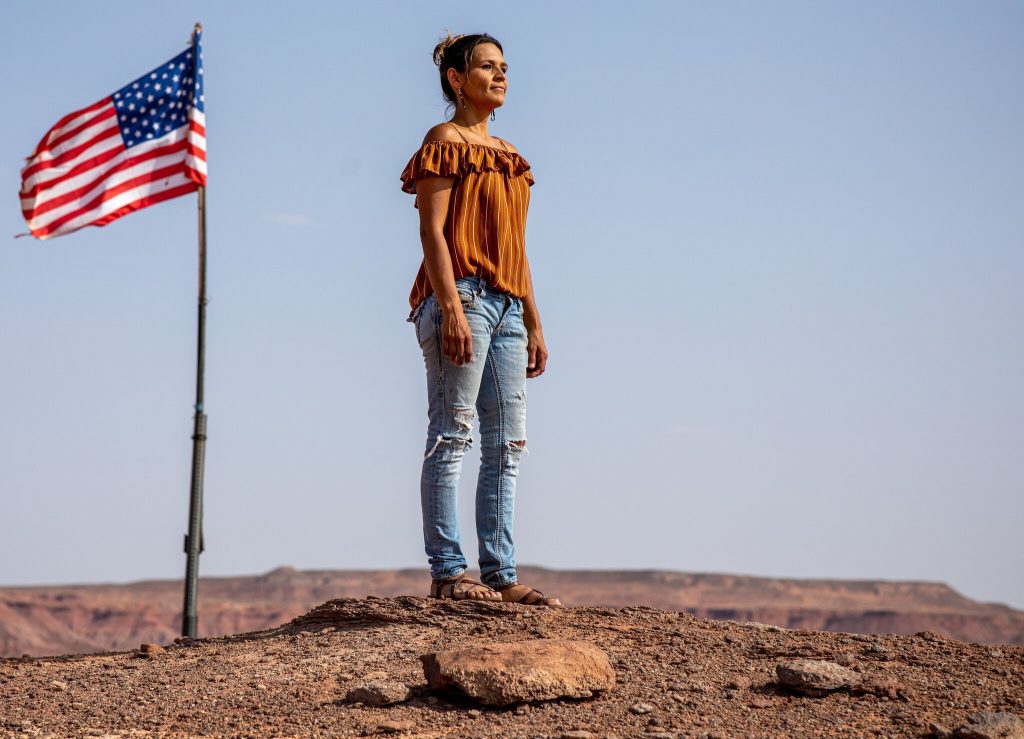DENNEHOTSO, Ariz. — Turn off the two-lane highway that runs across the Navajo Nation, just a few miles south of the Utah border, and the pavement yields instantly to the desert.
Drive slowly down an unmarked road, rocking side to side over the sandstone, and you will find the land where Darlene Yazzie’s family has lived for more than a century. It is quiet here, the late-summer sun beating down on a wooden pergola, a cat asleep against a tire in the shade of Ms. Yazzie’s car. When she looks at the news from outside the reservation, she said, she feels lucky to live where she does.
The trade-off is time. “Everything takes time,” Ms. Yazzie said: hauling water to drink, hauling hay for the sheep, getting to the post office 10 miles away.
There are no mailboxes or mail carriers in Dennehotso or any of the other Navajo communities that dot the mesas and scrublands of northeastern Arizona, and an envelope sent from here to anywhere else in the state travels hundreds of miles through Albuquerque and Phoenix first. First-class mail can take 10 days to reach St. Johns, the county seat, about 200 miles away.
The trouble, once again, is time. Election Day is less than three weeks away, and the Court of Appeals for the Ninth Circuit just heard oral arguments in Yazzie v. Hobbs on Tuesday.
So the Navajo and their supporters in other tribes are doing what Native Americans have long done: organize on the assumption that the U.S. government will not help them.

Separately, a team led by Donna Semans, the grass-roots organizing director at Four Directions and a member of the Rosebud Sioux Tribe, has spent weeks training Navajo Nation residents to register their neighbors.
Volunteers arrived at training sites and, without leaving their cars, received registration forms and a slew of personal protective equipment, including masks, gloves and portable ultraviolet lights. They worked in paid shifts and, within a month, registered about 2,000 voters in Tuba City, Kayenta and Window Rock.
But the biggest challenge is still ahead. Many of these voters, plus thousands more across the reservation, are now requesting mail-in ballots — and while there are several ways Arizonans can submit ballots, none are easily accessible on the reservation.
There is only one postal location per 681 square miles on the reservation, compared with one per 15 square miles in Scottsdale, according to an expert report filed in the Yazzie v. Hobbs lawsuit by Bret Healy, a consultant for Four Directions, and Jean Schroedel, a professor of public policy at Claremont Graduate University.
Source: New York Times; 10/15/20
